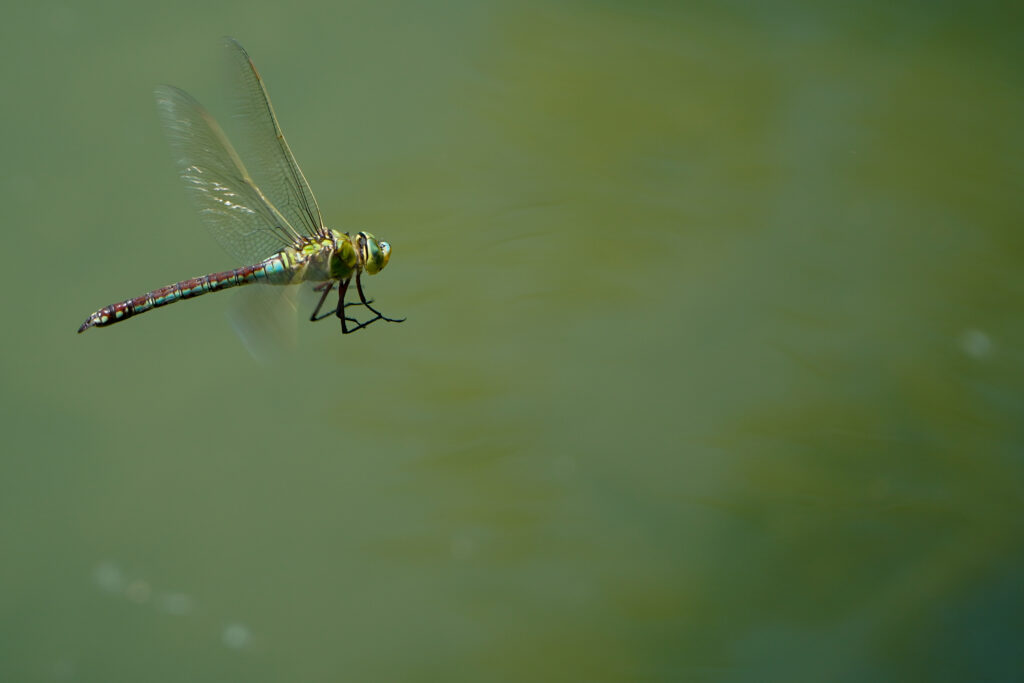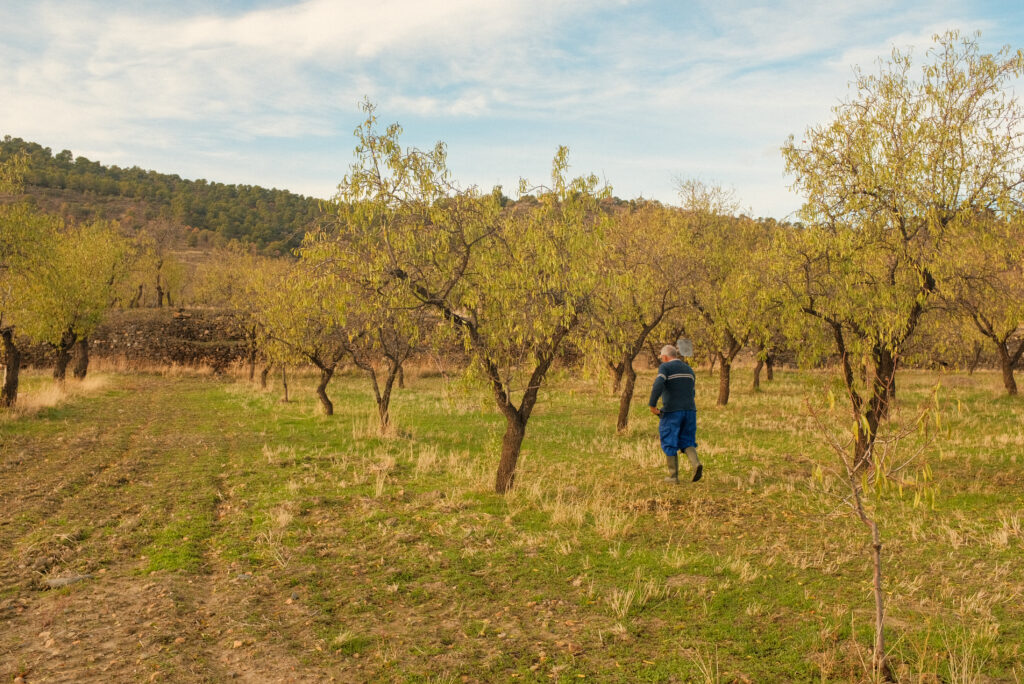On the Path to Reconcile Ecology and Technology
A case for thriving with nature, not in spite of it.
Humanity is being forced to reconsider its relationship with nature due to the growing climate and biodiversity crisis. There is a trend in many fields, from industrial design to urban planning, to match technology innovations with environmental values. For example, innovation in architecture is making it possible for cities to incorporate vertical trees, green spaces, and sustainable water management systems. These changes reflect a larger movement that aims to combine ecosystems’ capacity for regeneration with human inventiveness.
Farmers, perhaps more than any other profession, embody the intricate relationship between human activity and the natural world. Historically, agricultural systems were deeply based on ecological cycles, relying on local biodiversity, natural soil fertility, and climatic rhythms.

Nonetheless, since the Green Revolution of the 1950s, traditional farming has progressively lessened its reliance on nature in favor of high-input, technologically driven alternatives. These developments have significantly enhanced yields, but they have also resulted in biodiversity loss, soil degradation, and a growing gap between humans and the natural world.
We must consider how long our civilisation can continue with the current food production paradigm in an era of tipping points and planetary boundaries.
How can we change the narrative to restore agriculture’s relationship with the environment while preserving economic viability and productivity?
One of the key obstacles in this transition lies in the differing timelines and complexities of technological versus ecological innovation. Conventional agricultural technologies—such as improved machinery, chemical inputs, and genetic modifications—often yield rapid results. They are appealing to farmers and investors because their influence is simply measurable.
Nature-based solutions, on the other hand, work over longer periods of time and produce results that are context-specific and challenging to quantify in the near term. It could take years before the benefits of restoring soil biodiversity or implementing functioning agroforestry systems become apparent.
Moreover, developing standardised, readily replicated models of success is difficult due to the intricacy of ecological relationships. Investing in long-term ecological restoration can appear risky in an economic system that values short-term profits. But continuing the trend of agricultural over-simplification is really an option?
The reality is that biodiversity supports essential agricultural services such as pollination, pest control, and soil fertility, and finding ways to translate these ecological dynamics into tangible economic gains is crucial.

The ongoing reform of the European Union’s Common Agricultural Policy represents an opportunity for reshaping financial incentives in favour of nature restoration measures. By shifting subsidies and support structures towards biodiversity-enhancing farming practices, policymakers can help bridge the gap between ecological and economic priorities.
But in order for such schemes to be successful, they need to be supported by specific, practical procedures that farmers can confidently follow. These recommendations must be both economically feasible and scientifically sound, offering farmers a clear approach to incorporate biodiversity management into their operations. Towards the identification of scalable nature-based solutions, cooperation among multiple actors is essential. Scientists, policymakers, industry leaders, and farmers must engage in a collective process of co-sensing the challenges posed by the disconnect between agriculture and nature.
Equally important is the societal recognition of farmers as key stewards of the environment. Too often, the discourse surrounding environmental conservation positions agriculture as part of the problem rather than a fundamental part of the solution. Farmers have the expertise, resources, and ability to significantly alter the environment if they are given the correct instruments, regulations, and incentives. Fostering a revitalised sense of hope within the farming community requires developing a narrative that recognises and celebrates their role.
The path to reconciling ecology and technology is neither simple nor linear. It requires a fundamental change in our understanding of progress—one that emphasises long-term resilience, accepts complexity, and places cooperation over rivalry. By aligning agricultural innovation with nature’s principles, we can cultivate a future where farming thrives not in spite of nature, but because of it. We all have a duty to assist those who work most closely with the land in creating this new course for the future.